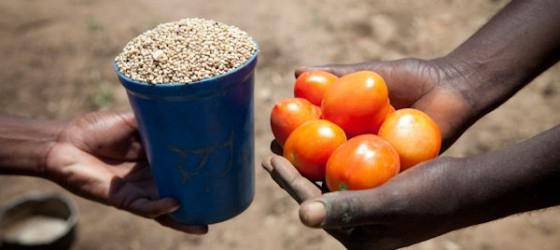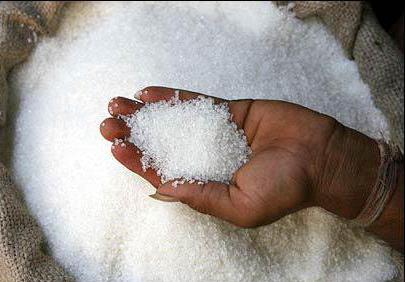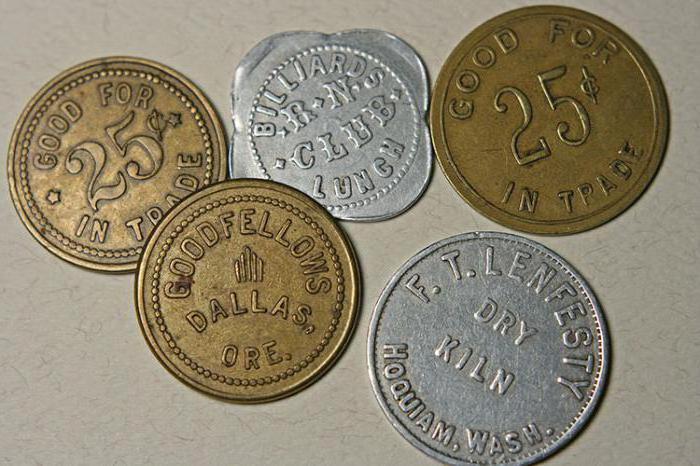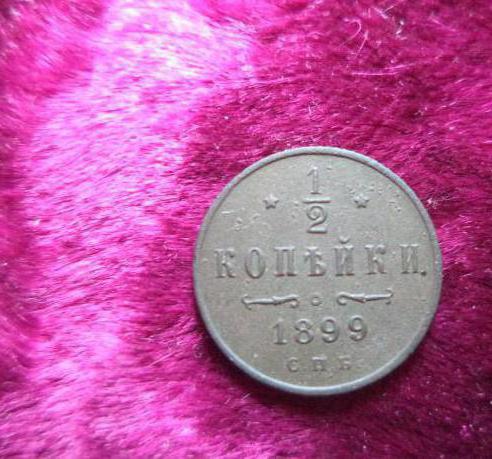What is money? People are already used to calling money something for which they can acquire all kinds of values and satisfy their feelings. In fact, money is a broad concept. Financial literacy calls them an asset of great value. Most often, this asset serves to carry out various trading operations. There are real assets - these are material values in the form of material objects (real estate, furniture, equipment, machinery, etc.). Financial assets are also allocated, to which money belongs.
What is money, you can understand by understanding their main functions.
What functions do money perform?
Before considering the functions of money, it should be understood what properties the latter possess. This is one of the varieties of property, which is characterized by the fact that it can be instantly exchanged for other types of goods. However, if the price level is constant, then the money itself does not bring any income or profitability lower than that of other types of property. Therefore, the question arises, why are they still of such value to people? For the national economy, money is an indispensable utility.
There are four main functions of money:
- These are the means of circulation.
- Money is taken per unit of account.
- They measure deferred payments.
- This is a stock of values.
Money as a medium of circulation
This is a means of payment used in the exchange for all kinds of benefits and participating in credit relations. Since this is a universal means of payment, it is indirect in nature. That is, a direct exchange, when one product is changed to another (barter), is no longer necessary. Now you can sell one product and purchase another with the proceeds. So gradually barter was replaced by purchase and sale, which significantly facilitated commodity relations. Since with direct exchange it was more difficult to find goods of the same value for exchange.

In addition, the loss of time and the application of considerable effort during barter are significant. To exchange one product for another, one must adhere to one condition called by the English economist William Jevons "a mutual coincidence of desires." In simple words: if one person wants to buy something, then he should find a person with the goods he needs, which, in turn, needs what that person offers him in return. If the product is not essential, then a direct coincidence of such desires is unlikely or requires considerable effort and loss of time. When bartering, you often have to make an exchange several times to get the desired result. For example, a person needs fabric, but he has a wire. But for someone who has fabric, the wire is not needed. He needs bread. And those who have bread need cloth. So you have to make an exchange several times. It is extremely inefficient and irrational.
Money was able to completely solve the problem of acquiring the necessary goods. Any good can be sold and bought another product. This form of exchange has virtually no cost. Money is considered a highly liquid means of circulation. Exceptionally cash has the property of absolute liquidity.
Money as a unit of account

Money measures the value of any product and service. The mass of an object is usually measured in kilograms, the distance in meters, the amount of liquid in liters. So the value of all goods is measured by the amount of money. Until this function of money was discovered, the value of goods was measured by the value of other goods.Moreover, if a person wanted to buy or sell a product, he should have been informed in all exchange proportions. For example, he should have known how many meters of fabric you can buy bread or how much boots, shirts and other goods are needed for this. Cash circulation completely eliminates such costs. It will be sufficient to know only how much money is needed for a particular product. The unit of account is the national monetary unit (in Russia it is the ruble, in the USA it is dollars, in Ukraine it is the hryvnia). Country money can be taken as a stable monetary unit, an additional unit of account in the country in conditions of financial instability or high inflation. Today, such a unit is the dollar.
Means of payment

Money is also used as funds for deferred payments. They can pay taxes, repay debts and earn income. If the function of money as a means of circulation involves simultaneous commodity and money circulation, then money as a means of payment is used regardless of commodity circulation. That is, the time of movement of money and goods does not coincide. For example, a loan that is taken under a product. Often this function does not imply the availability of goods at all. For example, credit in banknotes. Money is valuable regardless of time, so it can be a means of payment.
Value stock
What is money? We can say that this is a stock of values. That is, they act as a means of preserving values. The main value of money is its high liquidity and purchasing power. At any time they can buy goods, order a service or buy securities. In a non-inflationary period, the purchasing power of money does not change over time. The same amount of money will be required to purchase the same amount of goods both in a month and in 10 years. With inflation, money does not retain its value. Purchasing power is falling. With an increase in the price level, the quantity of goods purchased by a certain amount of money decreases. In this case, it makes no sense to accumulate money, since they no longer have the same value as before. In such circumstances, not the national currency, but the additional currency of another state, which is more stable for this period, is used for the stock of value. Moreover, money does not generate income, so saving them does not make sense. There are more profitable financial assets which bring interest. For example, stocks or bonds. Cash depreciates quickly enough.
It can be concluded that the most important function of money is their turnover. This is what distinguishes them from non-monetary assets. At the same time, all functions are interconnected and flow from each other.
Varieties of money
Types of money are represented by two categories: commodity and symbolic money. The need for commodity exchange increased over time, but at the same time it became more difficult to single out a product with which it would be possible to measure the value of other goods. In various states, this role was played by various goods. For example, in Russia everything was measured with pieces of leather, noble metals, dog teeth, and even pig’s tails.

All this was called commodity money. Their distinctive feature was that both as goods and as money they were of equal value. This is not to say that this is a relic of the past, since in modern conditions the use of such money also takes place. There are several reasons for this. In conditions of isolation from the outside world, a person needs to use the product as money. Hyperinflation can lead to the complete destruction of the monetary mechanism and then had to go over to barter again. For example, during the war in Russia it was possible to pay with salt, matches or kerosene. Over time, commodity money was only gold and silver. Noble metals possessed all the necessary properties. Their small weight was of great value, which cannot be said about salt. They are convenient to transport. Metal is divisible, recognizable, wear-resistant and relatively rare.
Symbolic money

These are cost signs replacing natural money. Symbolic types of money are represented by paper and credit funds. The nominal price of money exceeds the cost of the material of manufacture. The first coins were made mainly of aluminum and copper. The need for symbolic money arose when transactions were often repeated, and noble metals were no longer required to be used. Then it became possible to replace metals with cost signs, first within one country, and then within the whole world. The first money could be exchanged for gold and silver at face value.
Credit money appeared as a result of the development of credit relations. It became possible to purchase and sell goods subject to payment in installments.

Receiving money some time after the provision of goods brought commodity relations to a new level. Credit and gold money were simultaneously in circulation. Over time, credit money began to supplant gold. This type of symbolic money requires guarantees. Otherwise, their functioning is ineffective. The guarantee is provided by the bank and is also provided by state laws.
Money systems
The money system for a long time combined the circulation of metallic money, consisting of gold, coins and bars, as well as credit funds, in the form of bills, banknotes, checks and deposit accounts. The interaction of the two systems was due to the exchange of symbolic money for gold.
Different states used different systems of money.
- Monometallism. With this system, only one metal was used in circulation.
- Bimetallism. This system involved the use of both gold and silver.
Initially, only metal ingots were used. It was inconvenient to divide and weigh them. In ancient Rome, the ingots were first flattened and a portrait of a local ruler was depicted on it. So the first coin money appeared. Over time, the coins wore out, their weight became smaller, but their value did not decrease. Therefore, it was decided to replace gold coins with banknotes made from cheaper materials. The price of money remained the same.
For the first time paper banknotes came into circulation in China in the 12th century. The first paper money of Russia was called bank notes. Their first release took place in 1769. The order was given by Catherine II, in whose honor the money received its unofficial name “Catherine”. Old money could be freely exchanged for gold coins. At that time was adopted "gold standard".
Russian money

The development of the monetary system in Russia has a long history. Once upon a time, Arabian coons were brought to Kievan Rus. At that time in the state money did not go yet. This event marked the beginning of the import of foreign coins. Russian money never changed its face value. Then, as now, they were rubles and pennies. Although in some periods it was necessary to mint a half-penny coin. Paper money appeared much later. The size of the first Russian ruble was huge. It was a piece of copper.
In 1704, the coin was minted by order of Peter I. For several centuries, many monetary reforms took place. The style of money has changed significantly; their face value has also changed. There are three time periods for the development of the monetary system of Russia. Each of them has its own characteristics. The money that is still in circulation was first issued in 1997. The lowest face value until 2009 had one kopek of steel coinage. Later, the coin was withdrawn from circulation. Today, a face value of 10 rubles is considered the largest coin.Today, old money, despite the fact that they do not participate in circulation, is in great demand among collectors.
What role does money play in society?
What is money for modern society? It can be safely stated that the development of society without money circulation is simply impossible today. The role of money is in the following points:
- Money is a common form of enrichment.
- They participate in exchange and mediation.
- They measure value, income and expenses.
- With the help of money, social work is taken into account.
- Significantly saved time and effort.
- The possibility of capital accumulation.
- This is a tool for regulating economic relations.
- Set prices are stable.
- Money bind producers.
It is easy to see that money in modern society occupies an important place. But at the same time, if used improperly, they can do a lot of harm. The harmful influence of money is manifested in the development of human greed, cruelty, and cynicism. Today, people, except money, are not interested in anything. They constantly expect that only money will make their life happier. The problem of society degradation lies in this. However, the bills themselves have nothing to do with it. People simply strive for eternal pleasures, thinking that only money can provide them with this. A huge amount of material assets today can be purchased for money. But you cannot buy sincere feelings, health, family, love, a sense of inner harmony for them.

